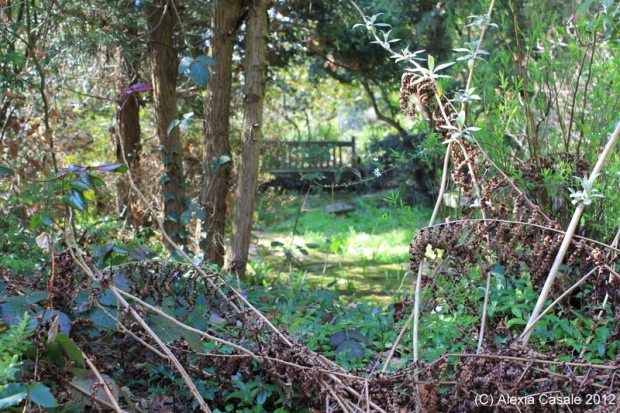In 2013, with The Bone Dragon finally written and edited and proofed and polished and re-polished and re-proofed and then polished some more, I embarked on Book 2.
Everything started beautifully. Next post is all about What Happened Next, but this one is about What Went Right.
So there I was, facing Book 2. Unlike a lot of my debut-writer friends, who were struggling with the pressure of being published, of having a contract and expectations levelled at them from all around, I found I had a newfound sense of confidence and freedom.
For me, having a truly amazing agent and a published first book was a liberation. I knew that from then on if there were problems with one of my books my brilliant agent would help me fix them. She’s a fantastic editor in her own right so if it’s possible to get there with a troublesome book, she’ll help me make it happen.
Also I have a publisher: I have amazing publishing industry people waiting and wanting to read what I am writing.
So all I have to do it write well… which is no small task, but I am a writer after all. It’s kinda the minimum requirement.
How different from Before, when I wasn’t sure that anyone would ever like what I was writing, would ever in a million years agree to publish it, would ever even consider giving me a helping hand to get from Really Quite Good to the magical Publishable level that for so long seemed like it belonged to a different world I’d never find a way to reach. But I did reach it.
That’s what I have now that I didn’t have Before. I know where Alice’s rabbit-hole is. I know where the Narnia wardrobe is. I have my Hogwarts letter.
And, yes, I want my agent to love Book 2. I want my publisher to love it. I want readers to love it. I want everyone to think it’s even better than (or at least as good as) Book 1. Yes, it’s a big ask – writing a good book always is – but is it a bigger ask than Book 1 was? It depends whether you think people having expectations of you as a writer is a bad thing or not.
Yes, there’s a degree of pressure… but either I can write or I can’t. And there’s not point worrying about it: that won’t get me anywhere. The answer is to get on with making it ‘can’, by hook, crook and lots of hard work. I’m a grafter. It’s one of the things I like most about myself. I don’t fuss about whether I’m inherently talented or not – there’s nothing I can do about that. Instead, I try to focus on making the most of whatever talent I have and bridging the gap between that and ‘as good as possible for me’ with the determination to get there: to produce another good book. Somehow. In whatever messy, gruelling way necessary. Maybe some people can just sail through and it comes naturally and beautifully, but I’m not one of them and there’s no point crying about it. My first book proved I could get there. And so I will again if I just keep slogging and dreaming and working…
Eventually I will get there because now I have all the backing a person could ask for. That’s the magic of moving beyond Book 1. You’ve got people’s attention already. That’s so much of the battle. If there’s a problem, at least it’s at a higher level: now problems come in the form of amazing publishing industry people telling me ‘this isn’t going to work’ or ‘let’s think again’. Of course I’d rather have no problems, but when does life work like that? So this type of problem I’ll take – Yes, please and thank you.
At least the problem is no longer a wall of backs turned my way where no one will let me through. Anyone who’s struggled to find their way to publication knows what I mean. That endless bit where you have no idea if anyone will ever turn around to you and say ‘Oh, hello. Would you like to go through to the other side now?’
Claire Wilson, my extraordinary agent, was the person who turned around for me. Who made a gap so I could step through from the world of Writer Hopefuls to the world of Published Writers. And it really has made all the difference.
So bring on Book 2, and Book 3 and all the books after, with however many problems they come with. I’ll still just be so very grateful to be here, working and grafting and, eventually, getting there again.









